-
CHP Future Landscape in Horticulture
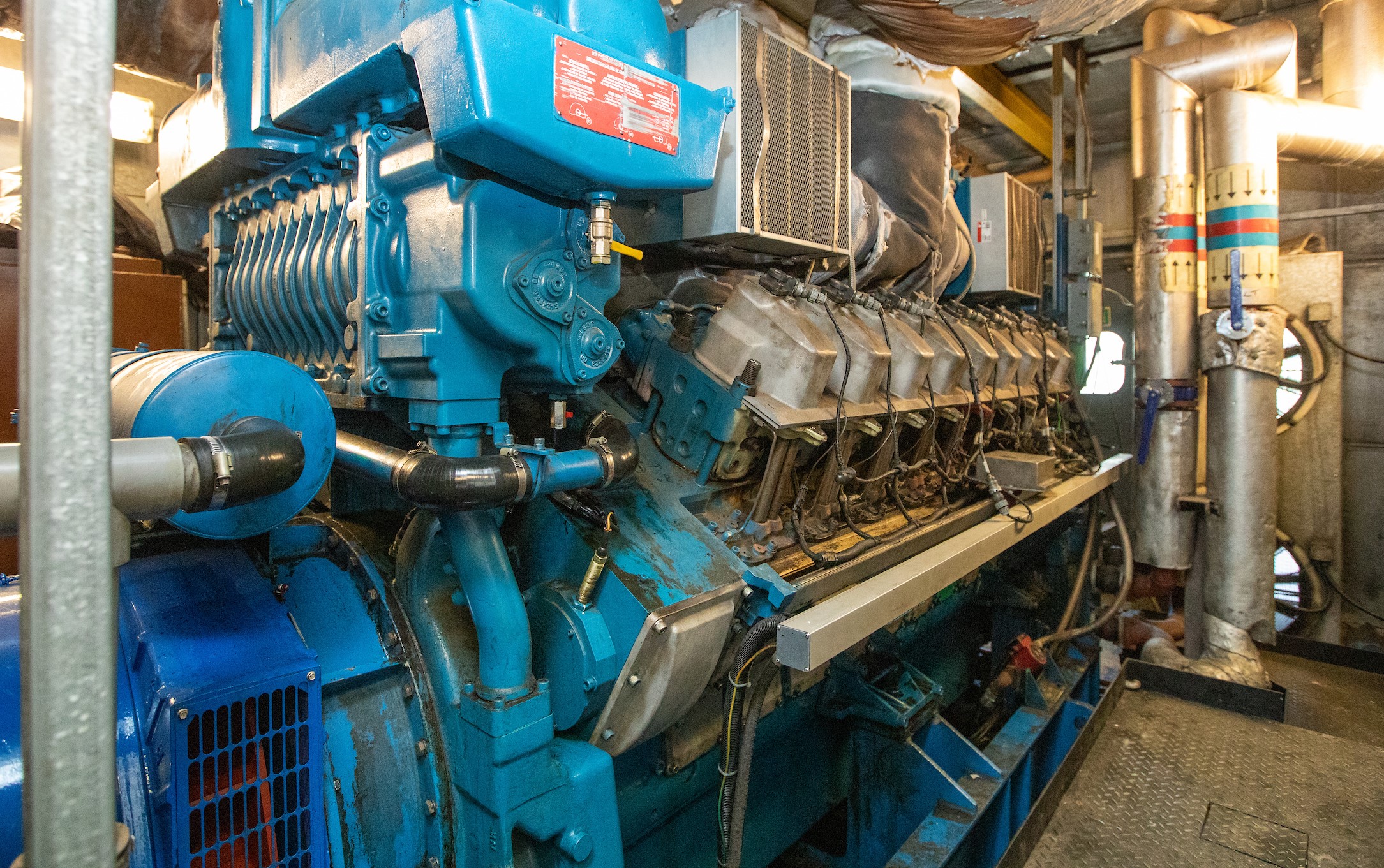
Introduction – why do we use CHP? Combined Heat and Power (CHP) is common in UK horticulture, and with good reason; each of the outputs of heat, electricity, and CO2 are useful. Having an electricity generation asset provides a lot of resilience and versatility in how a site can provide heat, light, and CO2 to…
-
Hydrogen in Horticulture

Basics of Hydrogen Hydrogen is the smallest and lightest element and forms molecular hydrogen (H2) gas at standard pressure and temperature. It’s extremely abundant, relatively easy to synthesise from water, and has a high gravimetric energy density (energy per unit mass). For these reasons, it has a lot of potential as an energy source. However,…
-
Alternative Greenhouse Materials
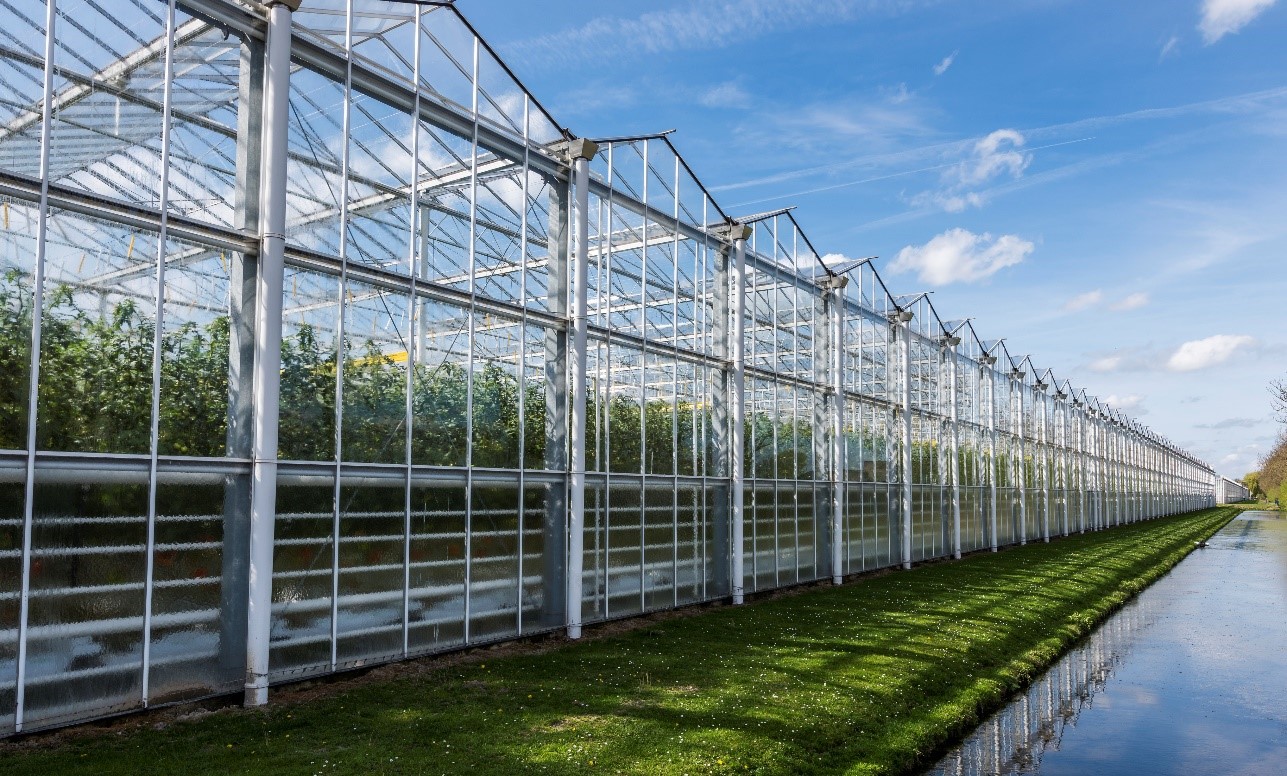
Introduction Glass has been used as a greenhouse covering material for centuries, and for good reason. Light transmission, chemical stability, resistance to ultraviolet (UV) degradation, structural integrity, and ease of cleaning are all properties that make it very well suited to the task. However, fragility and heat transmission remain poor. Considering the cost of heating…
-
Five alternative sources of CO2
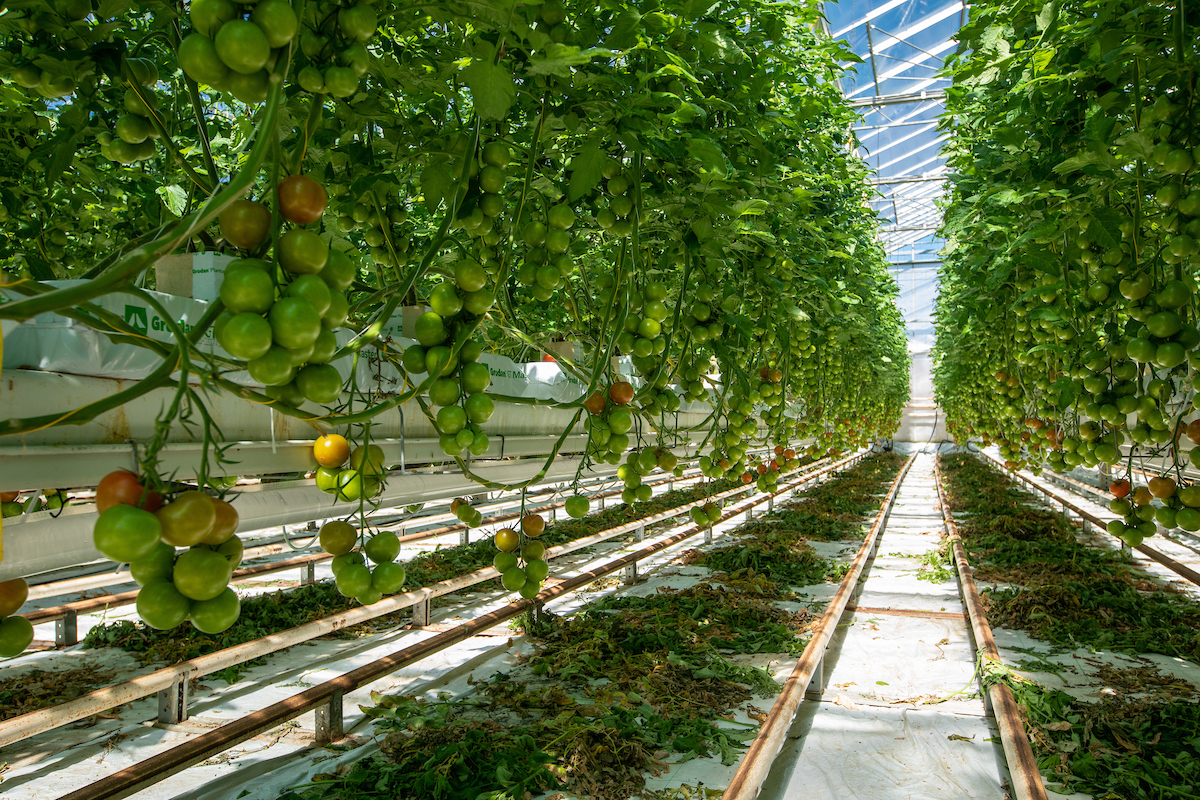
Traditional CO2 Usage Certain protected crops are commonly dosed with CO2 to benefit crop growth and improve yields. Traditionally, CO2 is delivered via one of three methods: natural gas fired boiler, natural gas fired CHP (combined heat and power), or vaporisation of liquid pure CO2. Natural gas boilers are common on protected horticultural sites due…
-
Could you benefit from the Climate Change Agreement (CCA) scheme?
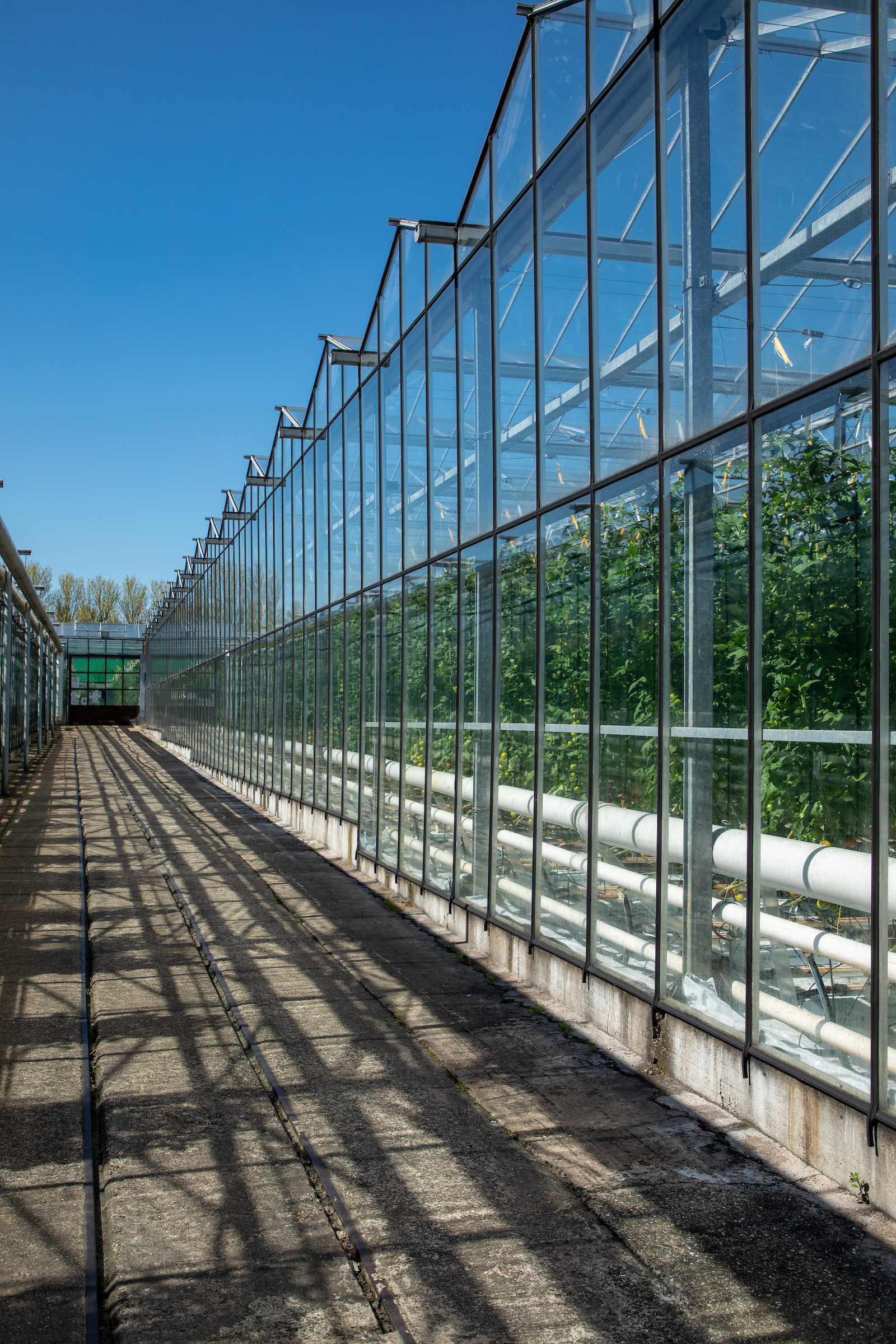
The government announced the Climate Change Levy (CCL) scheme will be extended until March 2027. The scheme has now reopened to new entrants allowing businesses that have not signed up to save up to 92% on CCL tax, if they carry out one of the many eligible processes – which includes Protected Horticulture. Businesses that…
-
What can air movement do for you
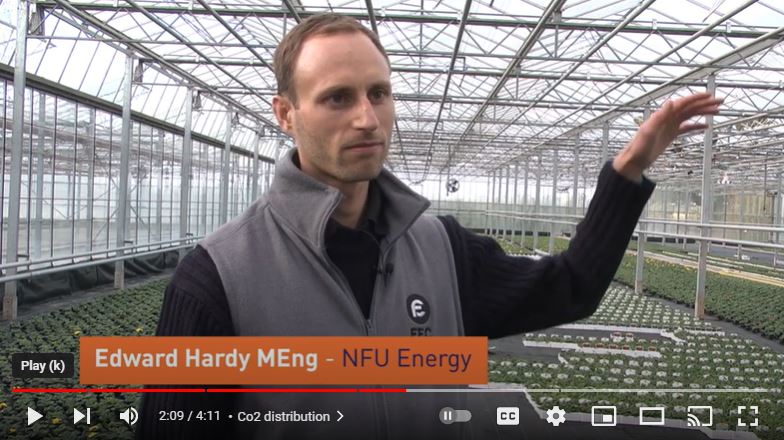
Determining what makes an optimal climate for crop quality and production, however, can be challenging, and it’s certainly worth bearing in mind that what feels comfortable to a person may be less than ideal for a crop. Air movement should be seen as a tool to help maintain an active and homogeneous climate – this…
-
How to identify high risk of condensation and possible solutions
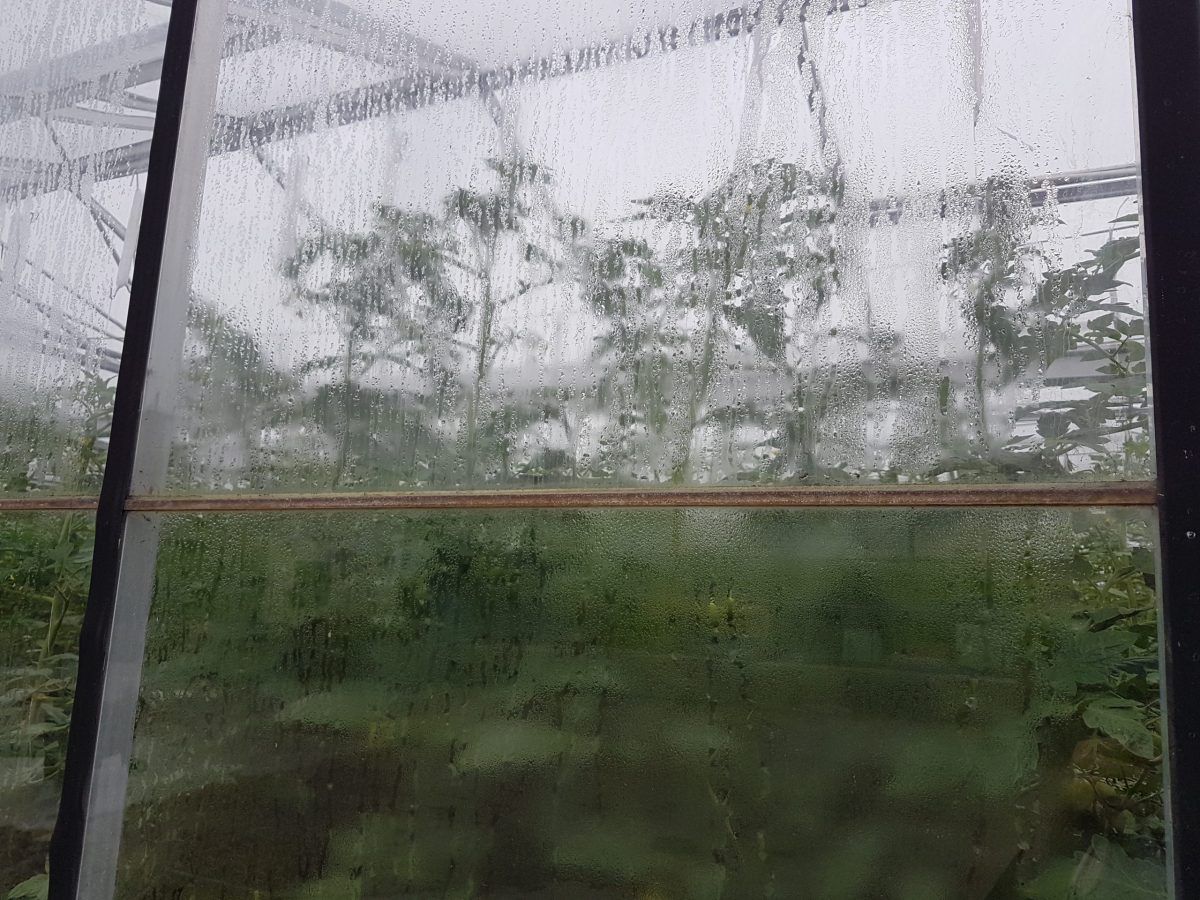
A look at greenhouse temperature, calculated plant temperature and dew point temperature and the reasons for high condensation risk.
-
How to use plant temperature
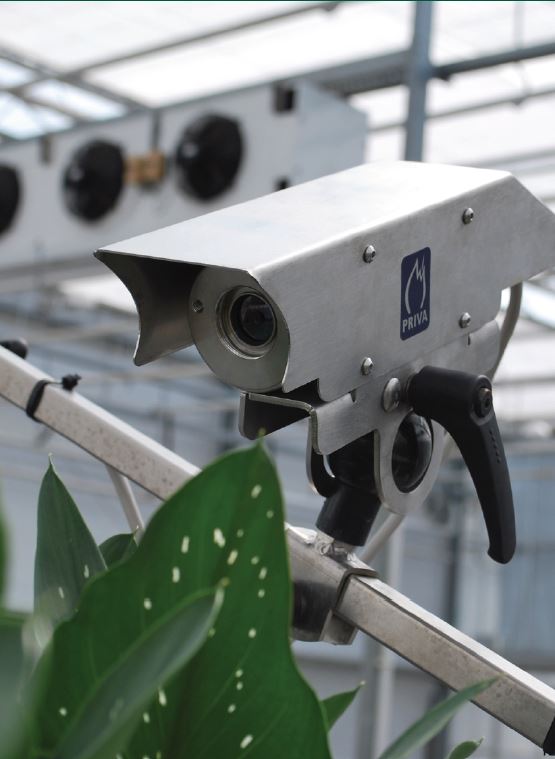
The aim is to make sure that the plant temperature is never lower than the dew-point of the air. You can take direct measurements from the plant or use a computer model to predict the temperature.
-
How to avoid condensation in the greenhouse

Find out how identify and manage the risk of condensation whatever your greenhouse crop.
-
How to improve the effectiveness of greenhouse screens
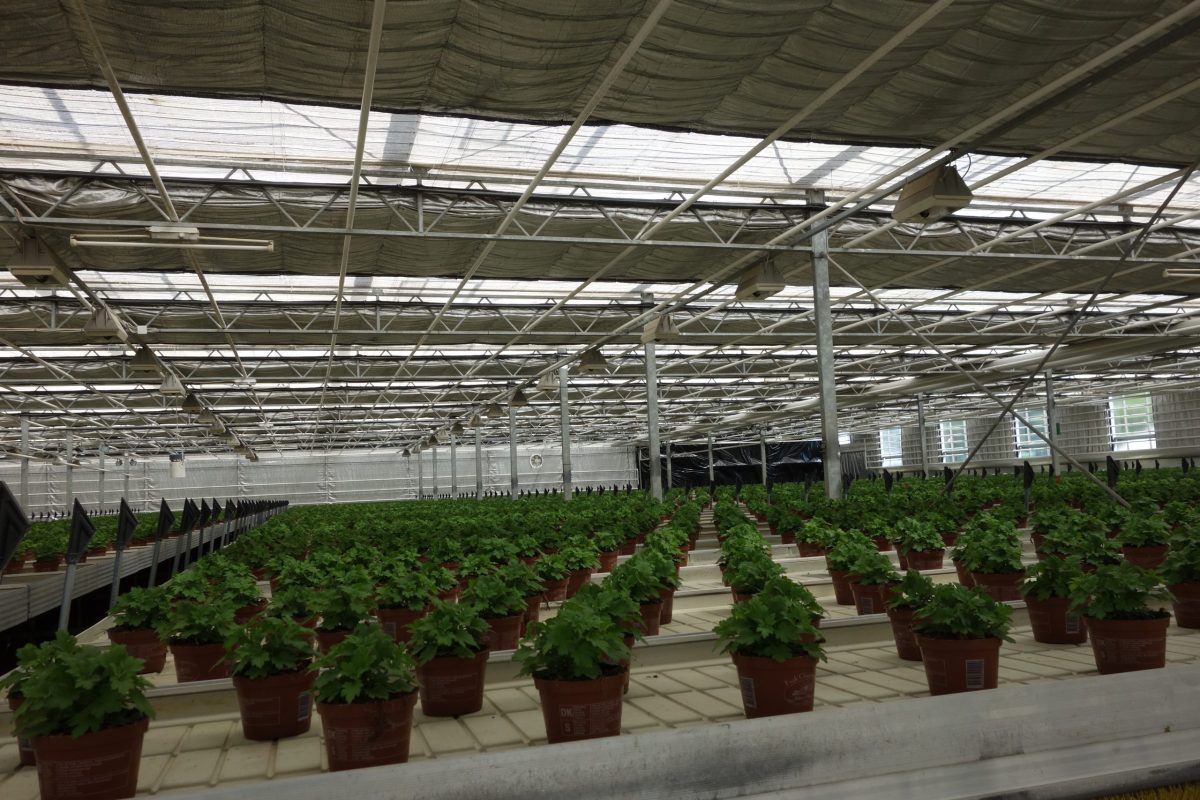
Learn how to use greenhouse screens to save energy, control humidity and achieve a uniform growing environment.
